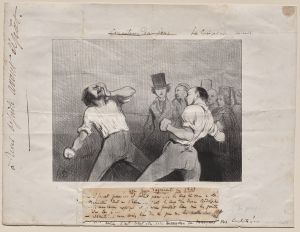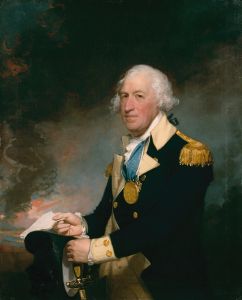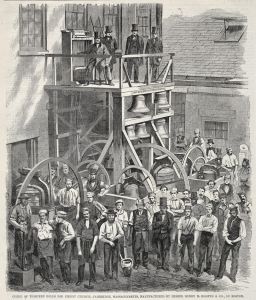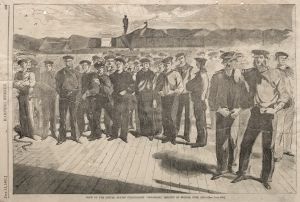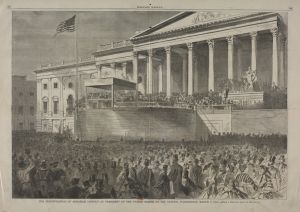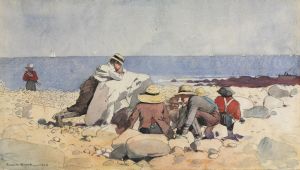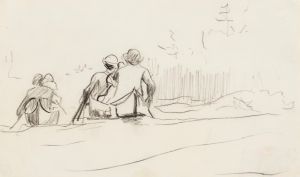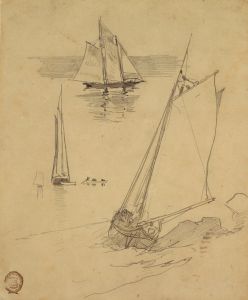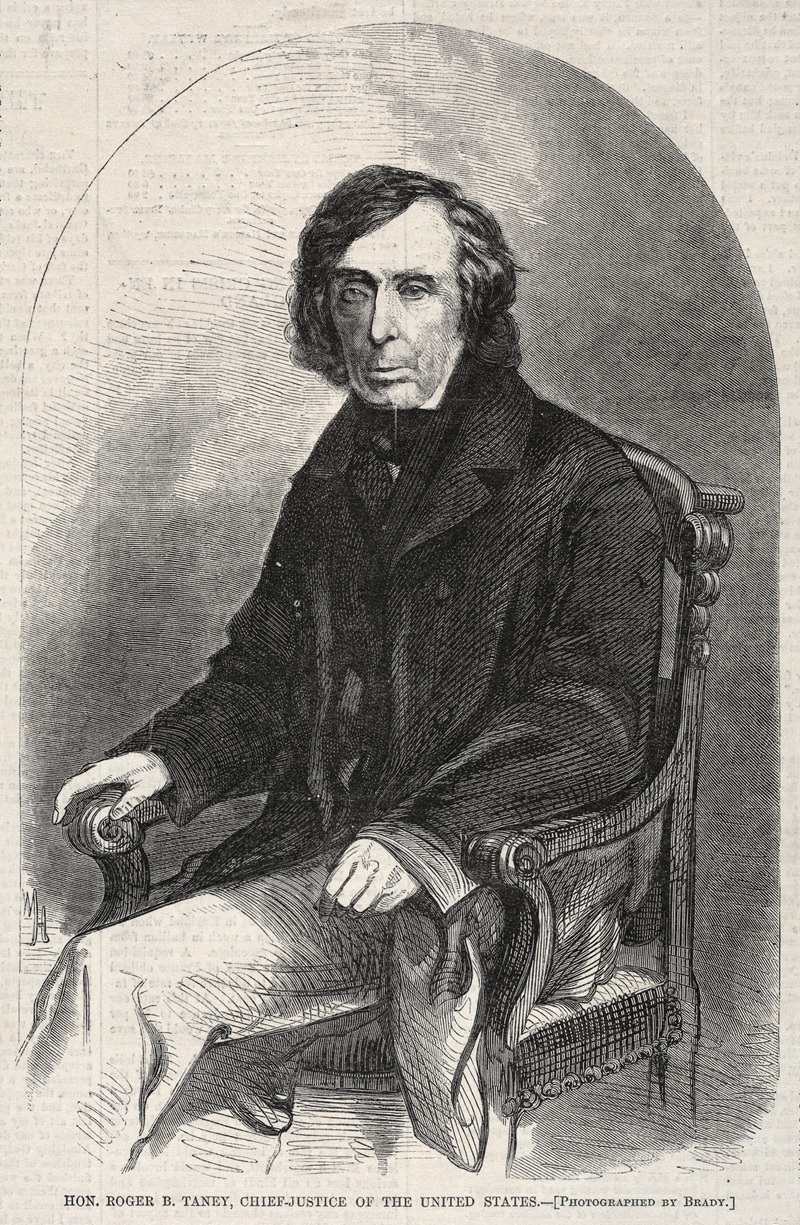
Hon. Roger B. Taney, Chief Justice of the United States
A hand-painted replica of Winslow Homer’s masterpiece Hon. Roger B. Taney, Chief Justice of the United States, meticulously crafted by professional artists to capture the true essence of the original. Each piece is created with museum-quality canvas and rare mineral pigments, carefully painted by experienced artists with delicate brushstrokes and rich, layered colors to perfectly recreate the texture of the original artwork. Unlike machine-printed reproductions, this hand-painted version brings the painting to life, infused with the artist’s emotions and skill in every stroke. Whether for personal collection or home decoration, it instantly elevates the artistic atmosphere of any space.
Winslow Homer, an American artist renowned for his landscape paintings and depictions of American life, created a portrait titled "Hon. Roger B. Taney, Chief Justice of the United States." This artwork is a representation of Roger Brooke Taney, who served as the fifth Chief Justice of the United States from 1836 until his death in 1864. Taney is perhaps most famously known for delivering the majority opinion in the Dred Scott v. Sandford case, a decision that intensified national divisions over the issue of slavery.
Homer's portrait of Taney captures the Chief Justice in a dignified manner, reflecting his prominent position in American history. The artwork is executed with attention to detail, characteristic of Homer's early work, which often included illustrations and portraits. This piece is significant not only as a work of art but also as a historical document, providing insight into the visual representation of one of the most controversial figures in American judicial history.
Roger B. Taney was born on March 17, 1777, in Calvert County, Maryland. He was appointed as Chief Justice by President Andrew Jackson, succeeding John Marshall. Taney's tenure as Chief Justice was marked by several important decisions, but none as infamous as the Dred Scott decision in 1857. In this case, the Supreme Court ruled that African Americans, whether enslaved or free, could not be American citizens and therefore had no standing to sue in federal court. The decision also declared the Missouri Compromise unconstitutional, asserting that Congress did not have the authority to prohibit slavery in the territories.
The portrait by Winslow Homer is a reflection of the era's artistic style and the cultural context of the time. Homer, who would later become famous for his seascapes and depictions of American life, was at the beginning of his career when he created this portrait. His work during this period often included illustrations for magazines and newspapers, capturing the likenesses of prominent figures of the day.
While the exact date of the portrait's creation is not specified, it is likely that it was produced during the mid-19th century, a time when Homer was actively engaged in illustration work. The portrait serves as a historical artifact, offering a glimpse into how Taney was perceived during his lifetime.
Homer's depiction of Taney is not just a simple portrait; it is a piece that invites viewers to consider the complex legacy of the Chief Justice. Taney's decisions, particularly in the Dred Scott case, have left a lasting impact on American history, contributing to the tensions that eventually led to the Civil War. The portrait by Homer, therefore, stands as a reminder of the intricate interplay between art, history, and politics.
In summary, "Hon. Roger B. Taney, Chief Justice of the United States" by Winslow Homer is an important work that captures the likeness of a significant, albeit controversial, figure in American judicial history. Through this portrait, Homer provides a visual connection to the past, allowing contemporary audiences to engage with the historical narrative of Roger B. Taney's life and legacy.






